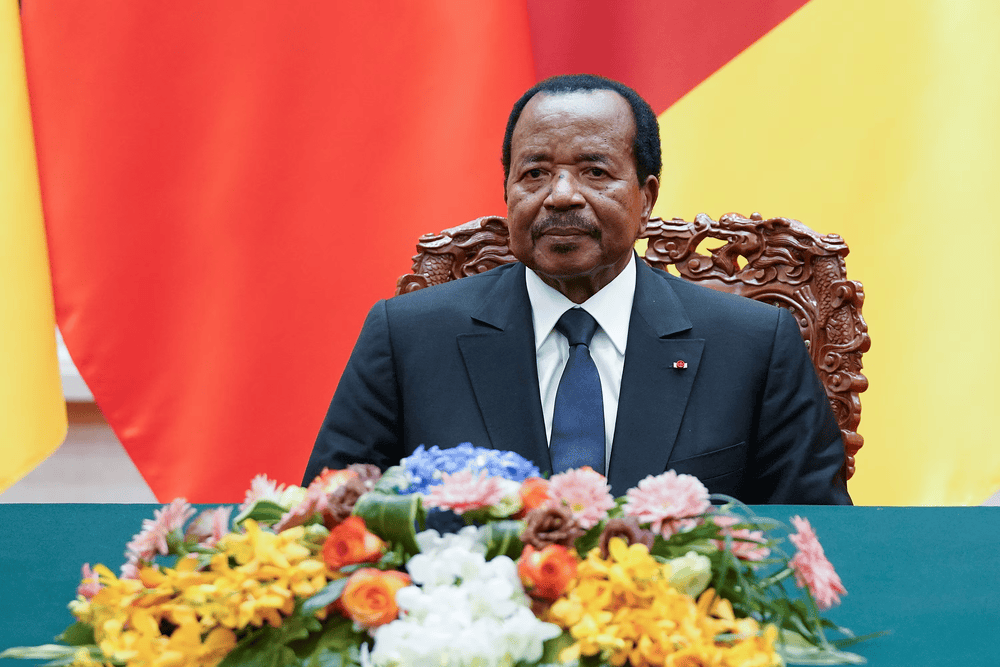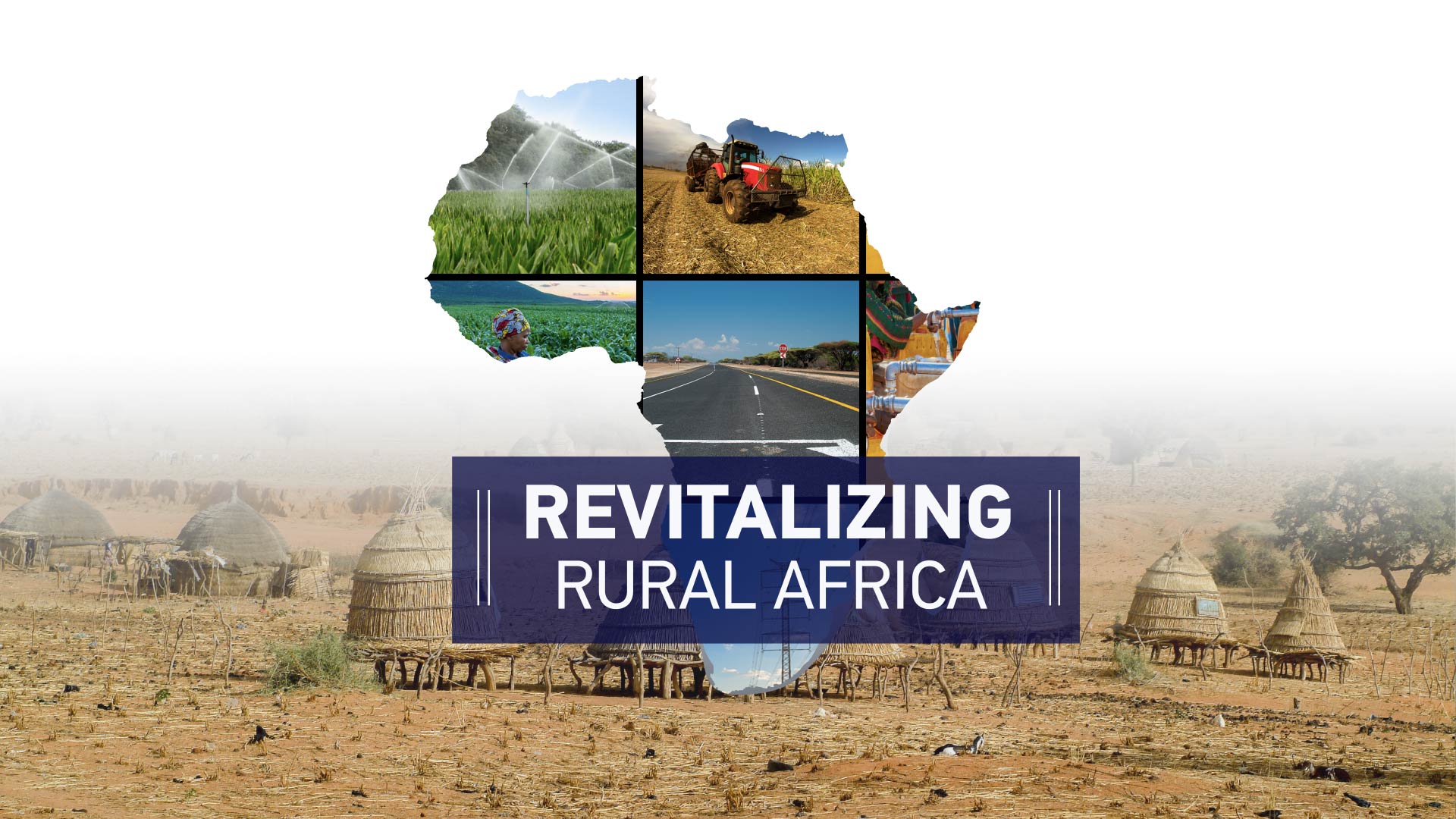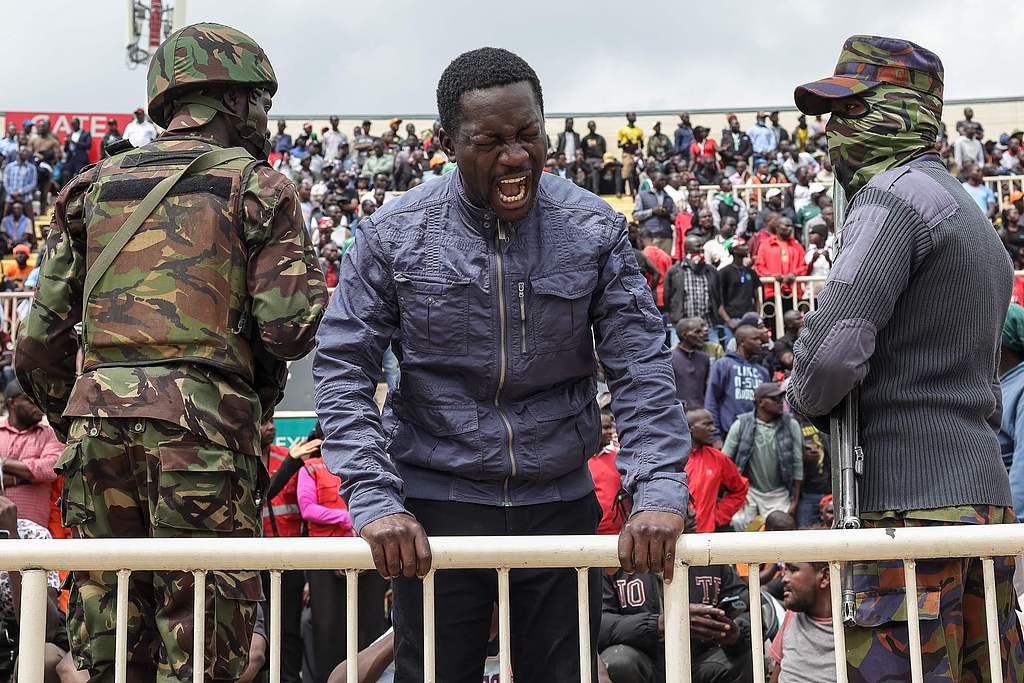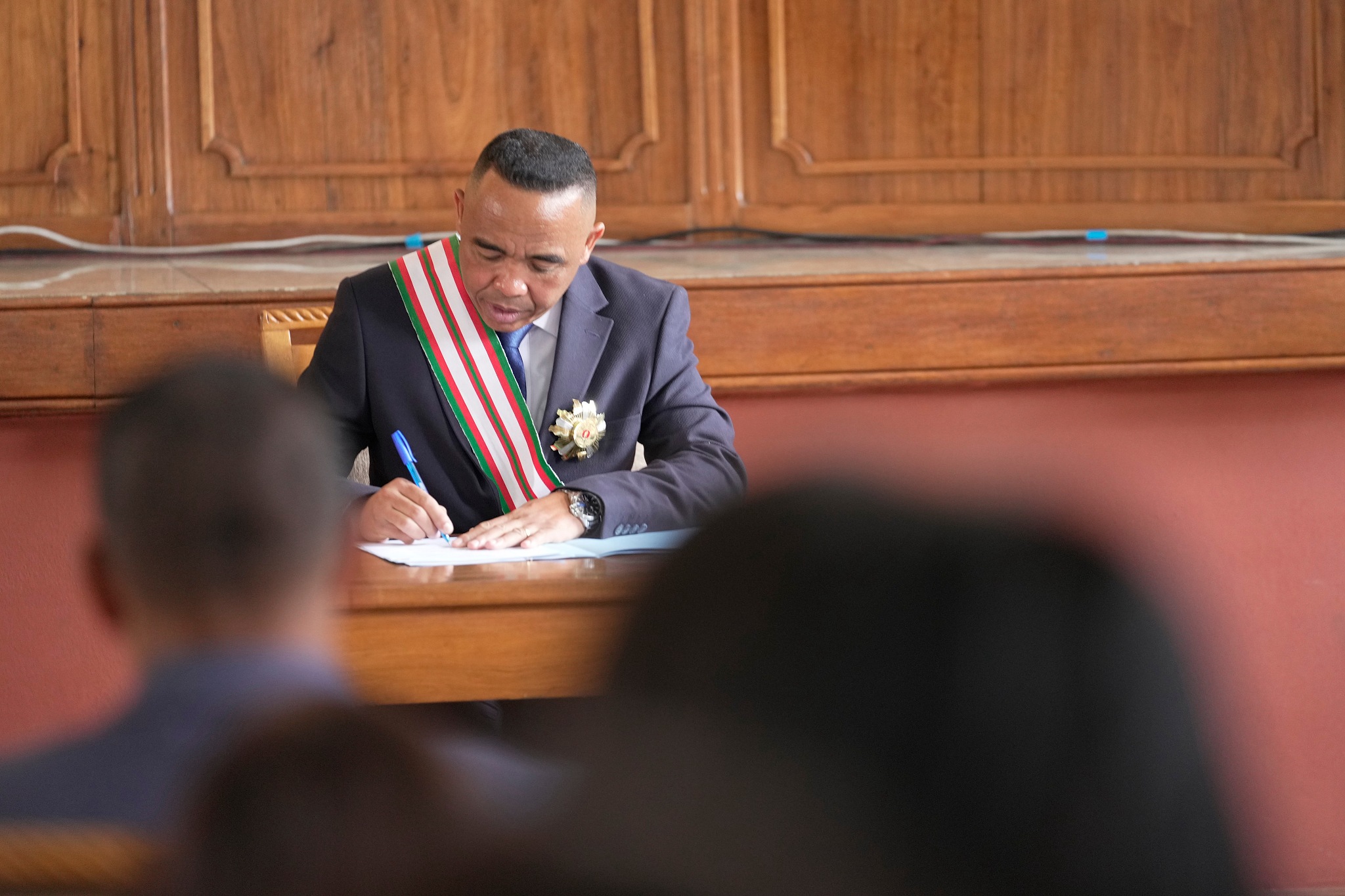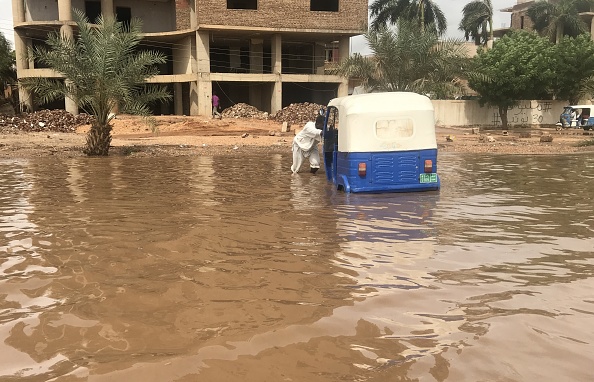
UN seeks $80 million for flood response in South Sudan
The UN humanitarian agency said Thursday that more than 80 million U.S. dollars is needed for the overall flood response in South Sudan until December.
Alain Noudehou, humanitarian coordinator in South Sudan, said the figure includes 46 million dollars for immediate assistance to 360,000 people.
“I am releasing 10 million dollars from the South Sudan Humanitarian Fund for the flood response,” Noudehou said in a statement issued at the conclusion of a visit to Duk County in Jonglei and Panyijiar County in Unity where he met with people affected by flooding.
“I thank the donor community for its generous contribution to the overall humanitarian situation in South Sudan and call for more funding to respond to the immediate and urgent needs created by the floods,” he added.
The relief official said vast areas of the country along the River Nile are now under water, noting that more than 600,000 people have been affected since July in Jonglei, Lakes, Unity, Upper Nile, and Central and Western Equatoria.
“Entire communities have fled to higher ground to escape the rising waters. The number of people affected will continue to grow in the coming weeks, and many women and children who had earlier been displaced by sub-national violence are now displaced again,” said Noudehou.
He said in addition to the immediate relief, further investment is needed in disaster risk reduction and climate change adaptation to avoid a repeat of the same crisis year after year.
“We need to work together with affected people and local governments to rehabilitate relevant local infrastructure to help prepare communities to better cope with recurring shocks,” he added.
Noudehou said humanitarian actors are working to scale up the response by providing food, temporary shelter, fishing kits, water purification tablets, medicine and other supplies, with a focus on people and areas that are most affected.
In some communities, he said, support is also being planned to rehabilitate disaster mitigation infrastructure such as dykes to complement the emergency response and to prevent more people from being displaced by the floods.



